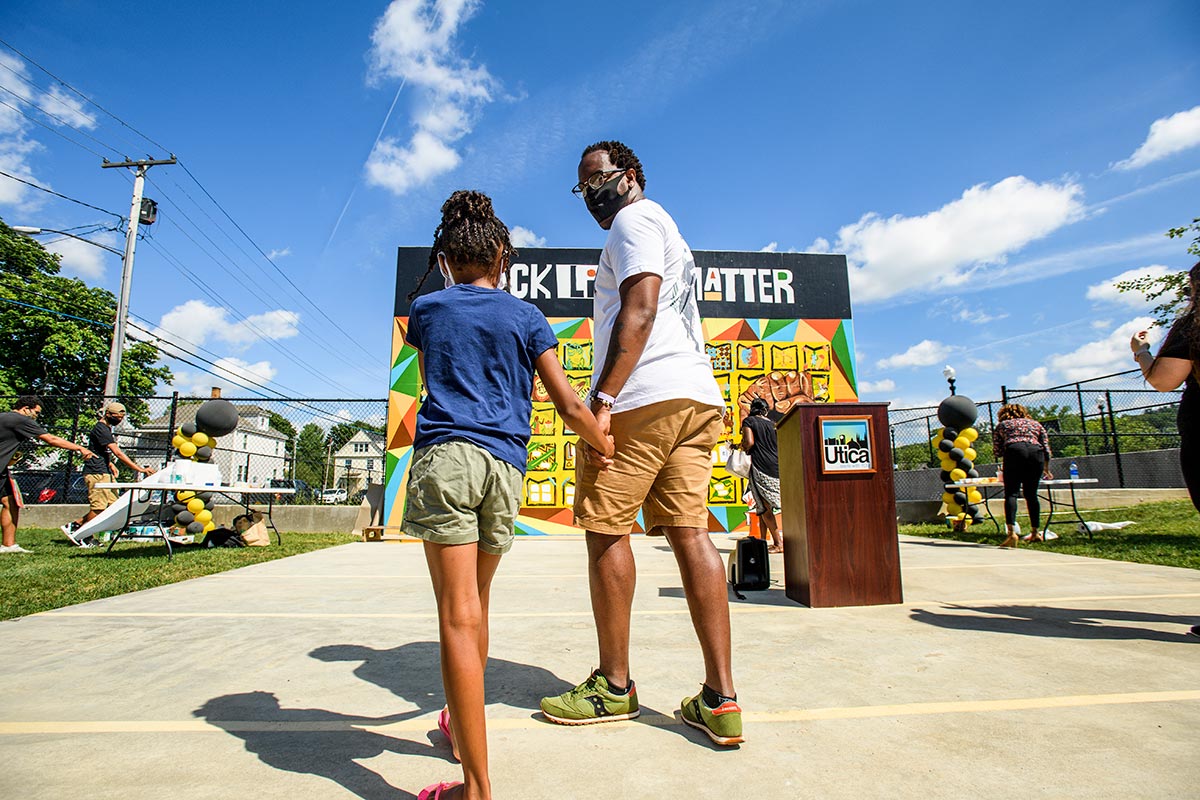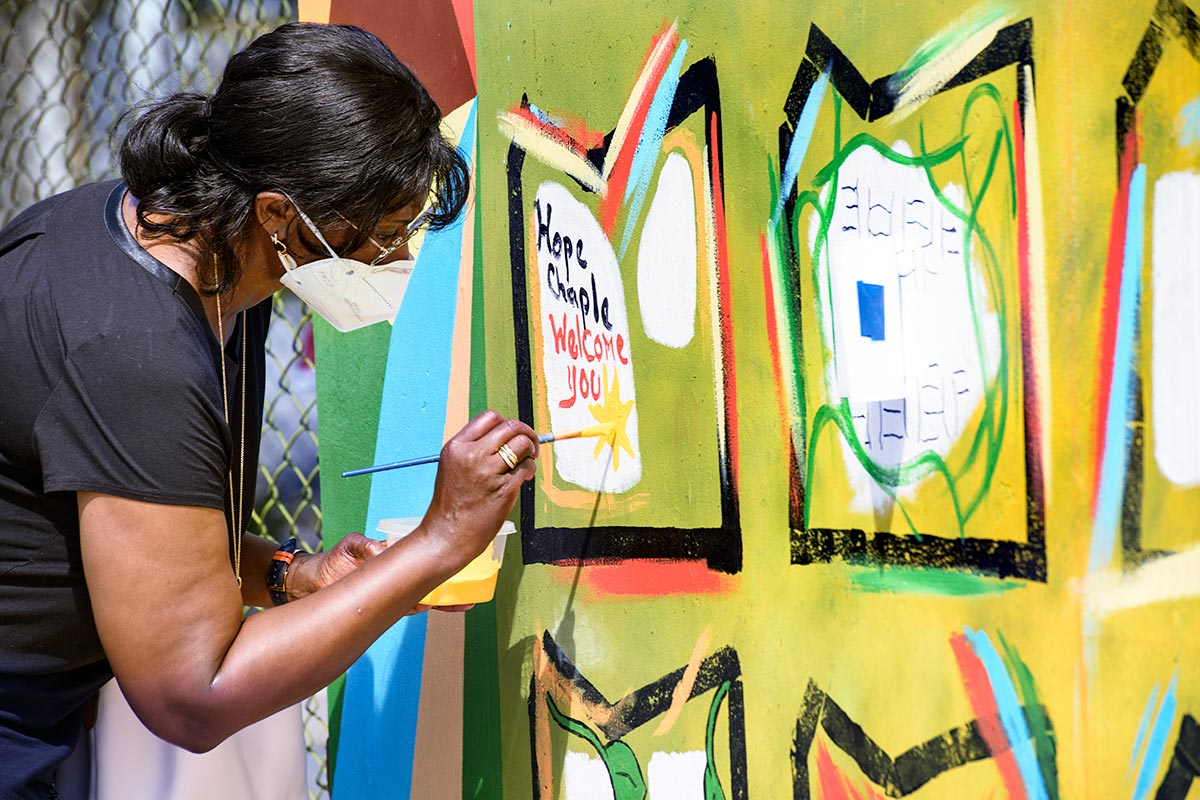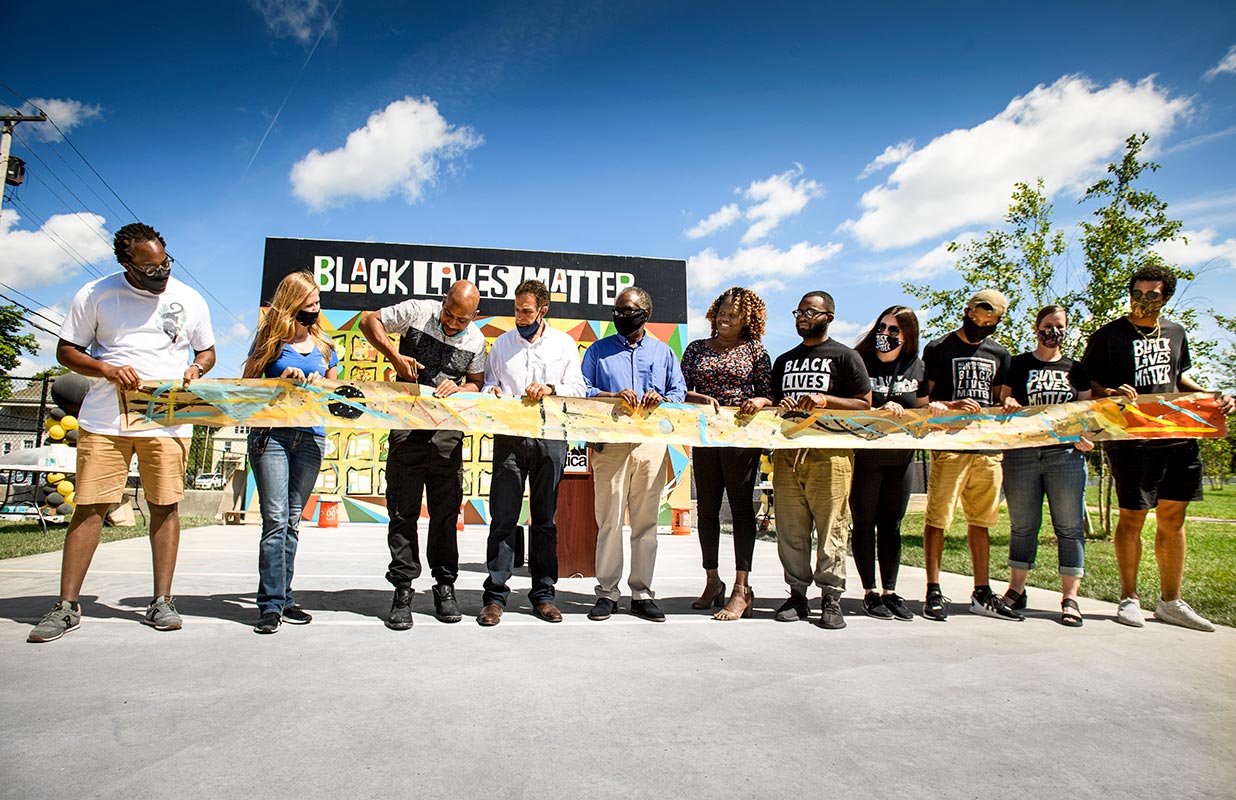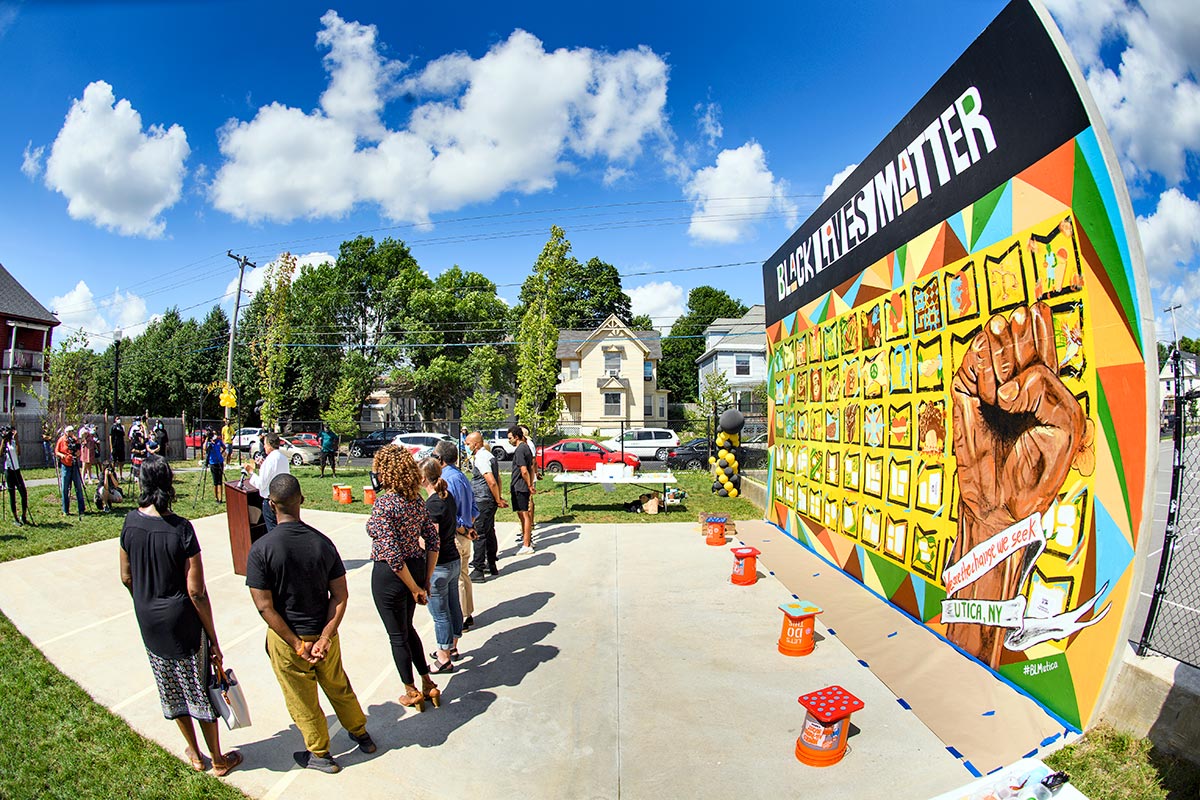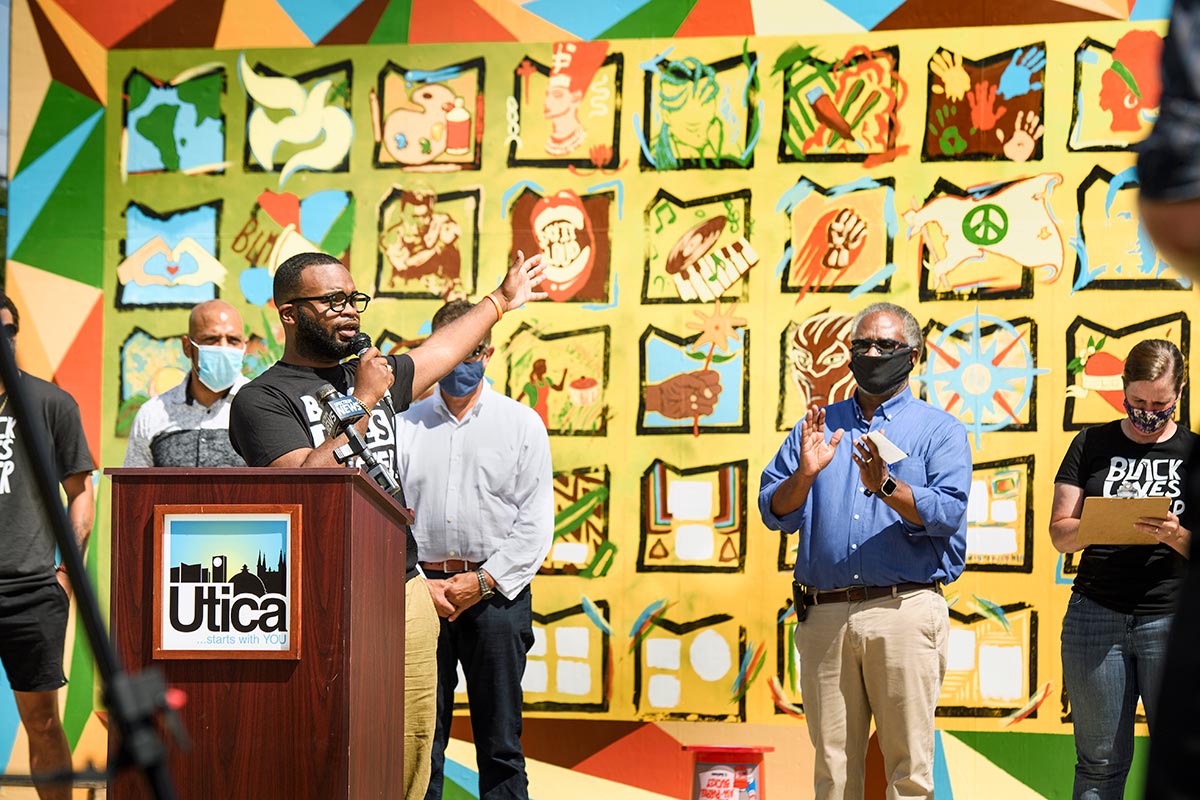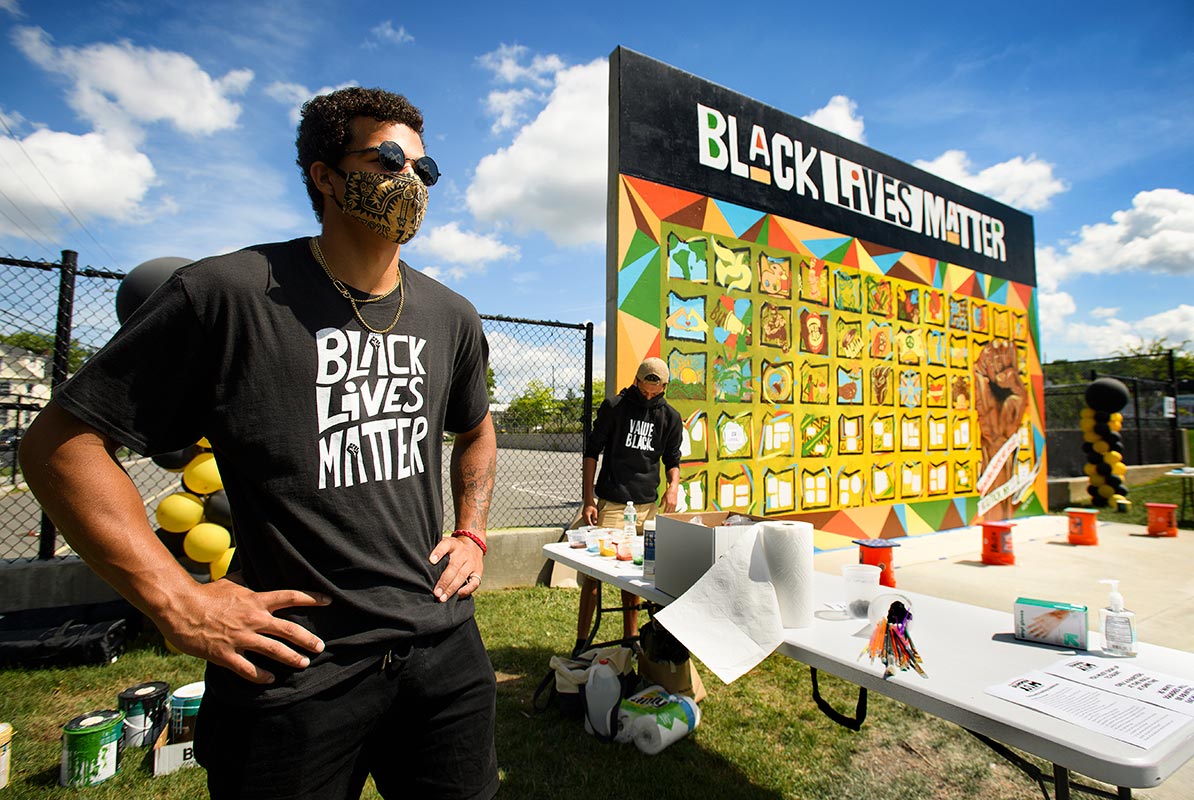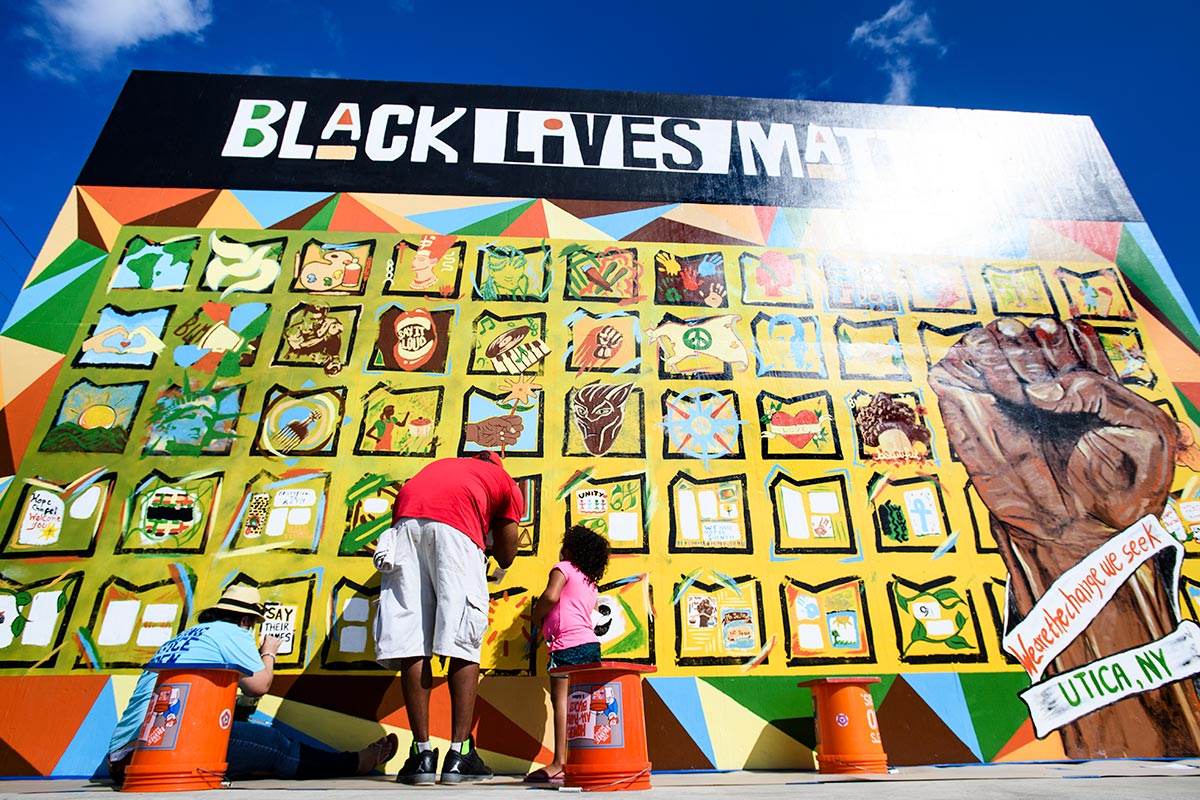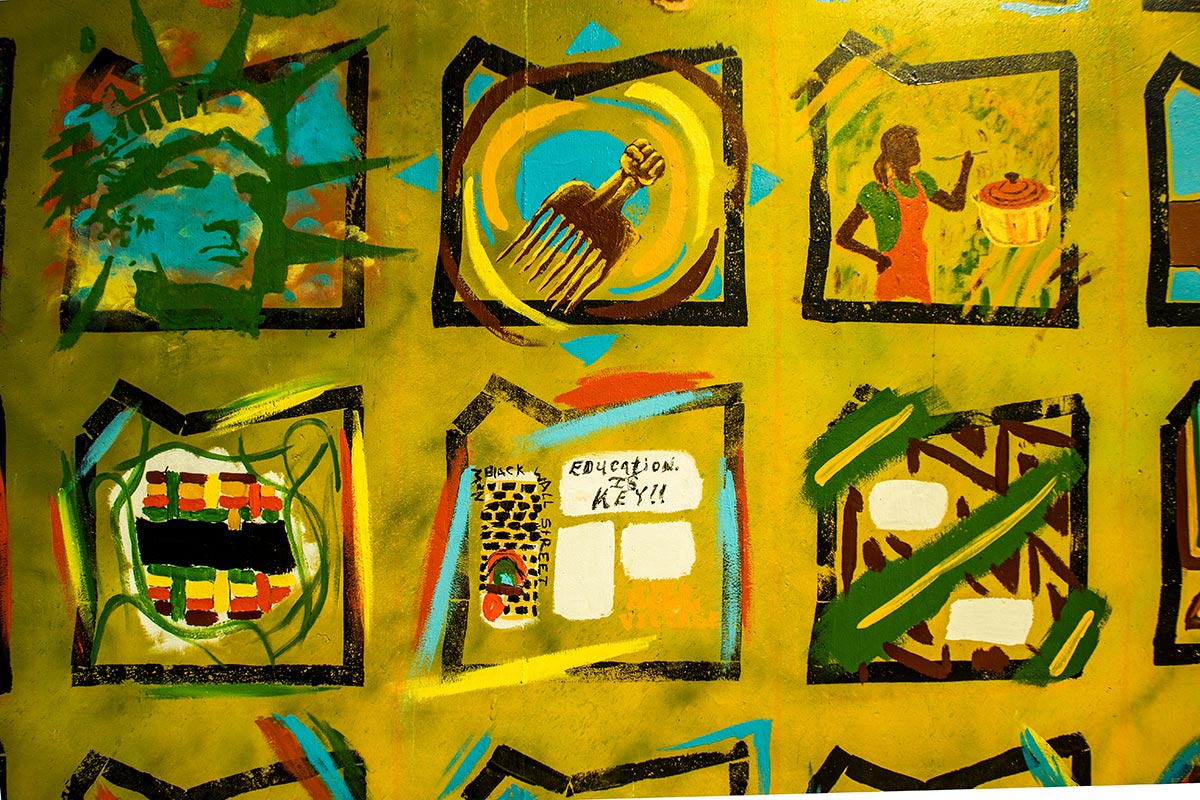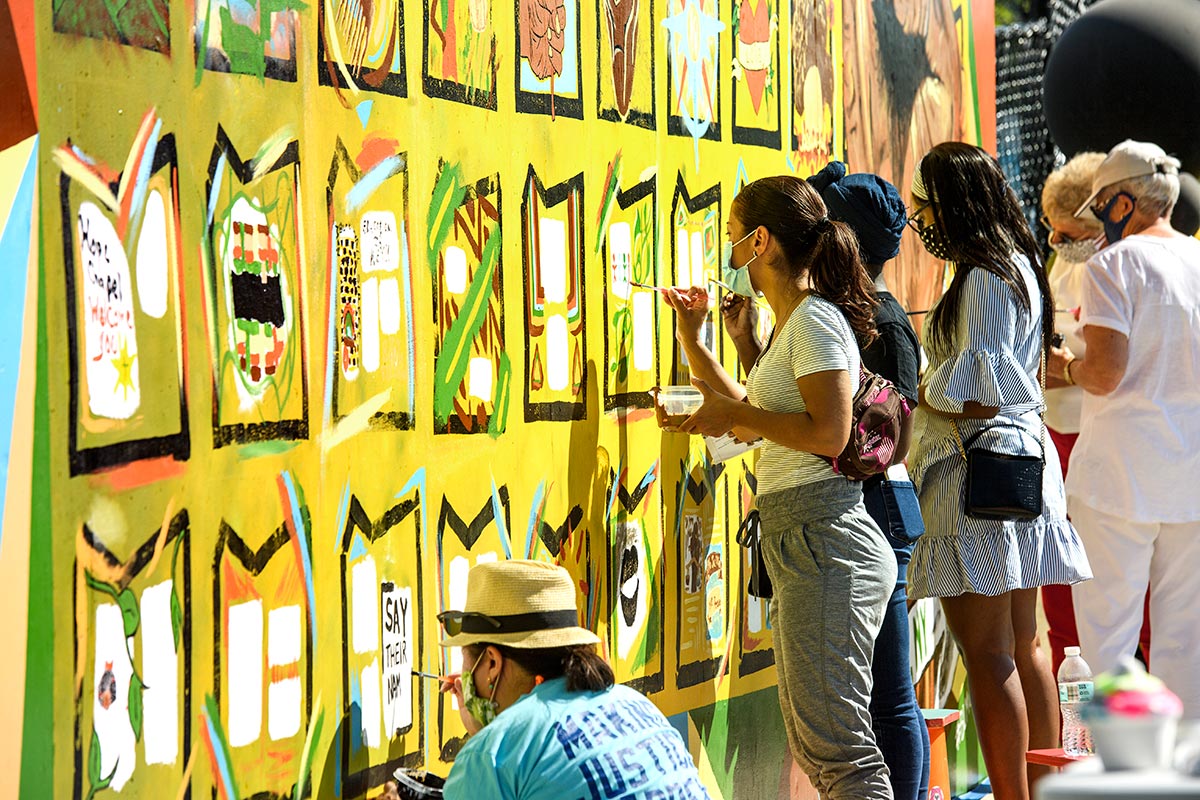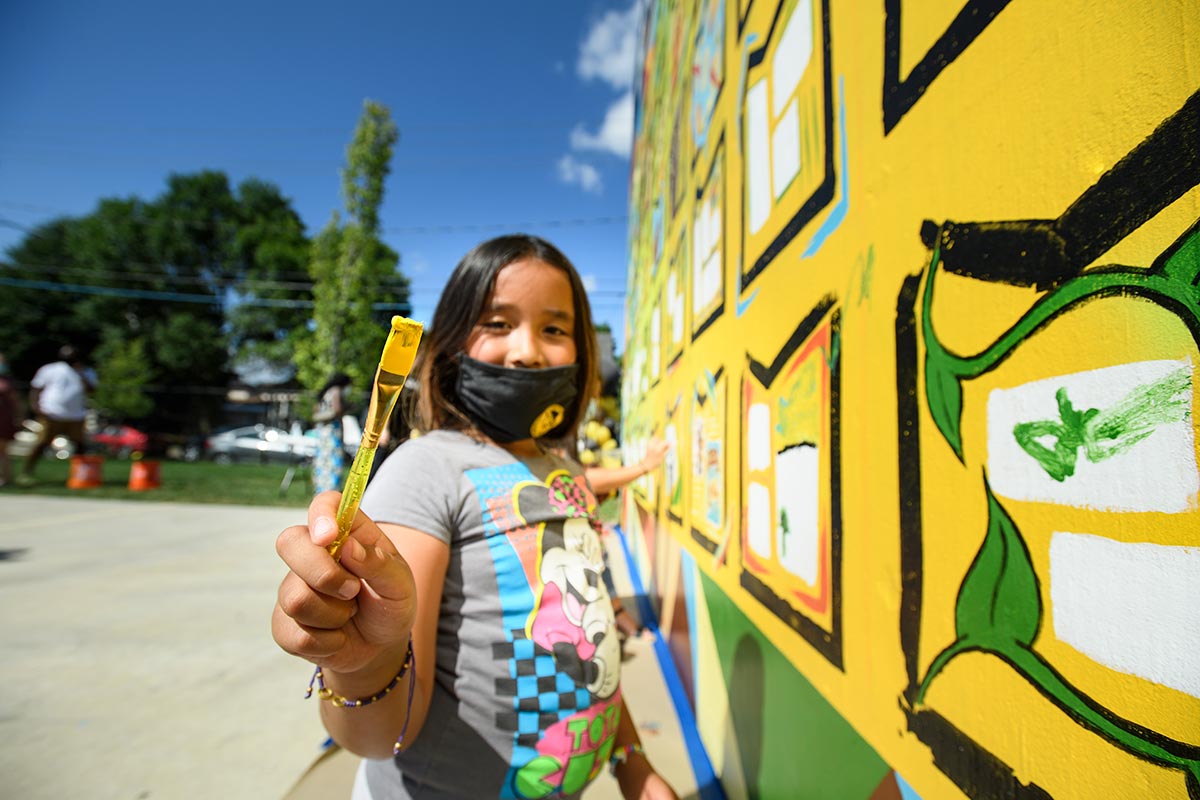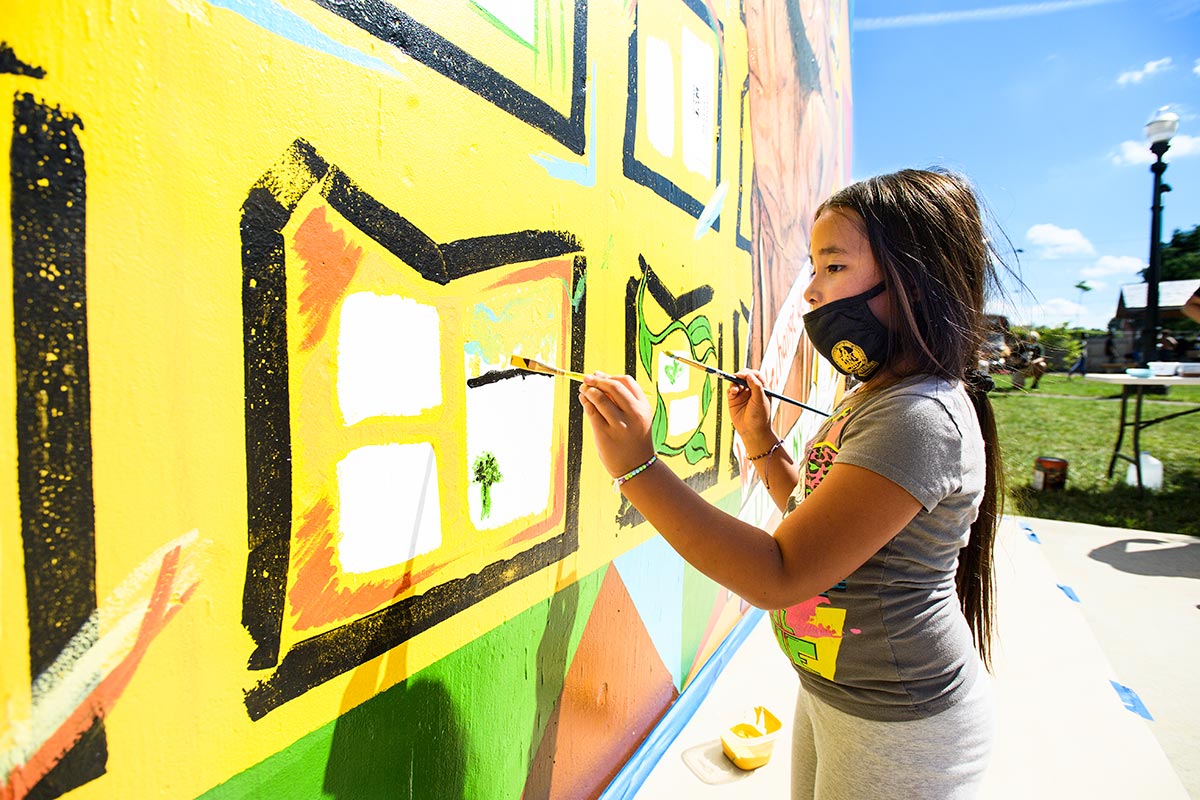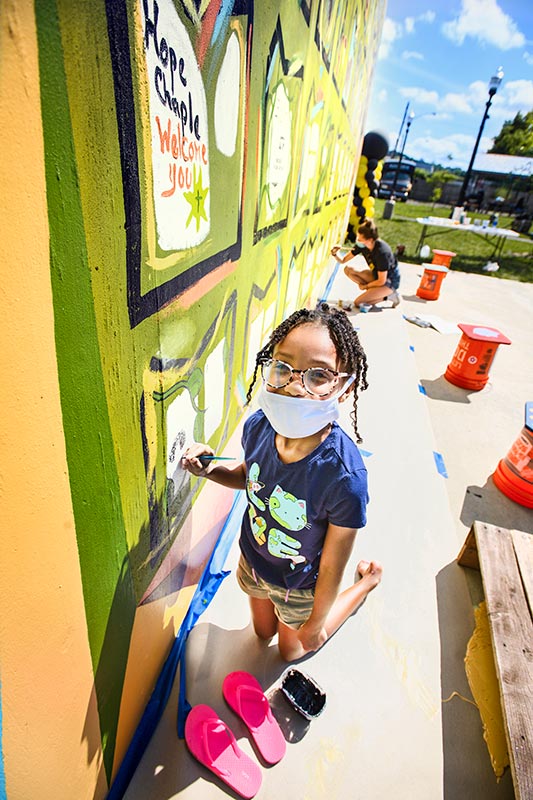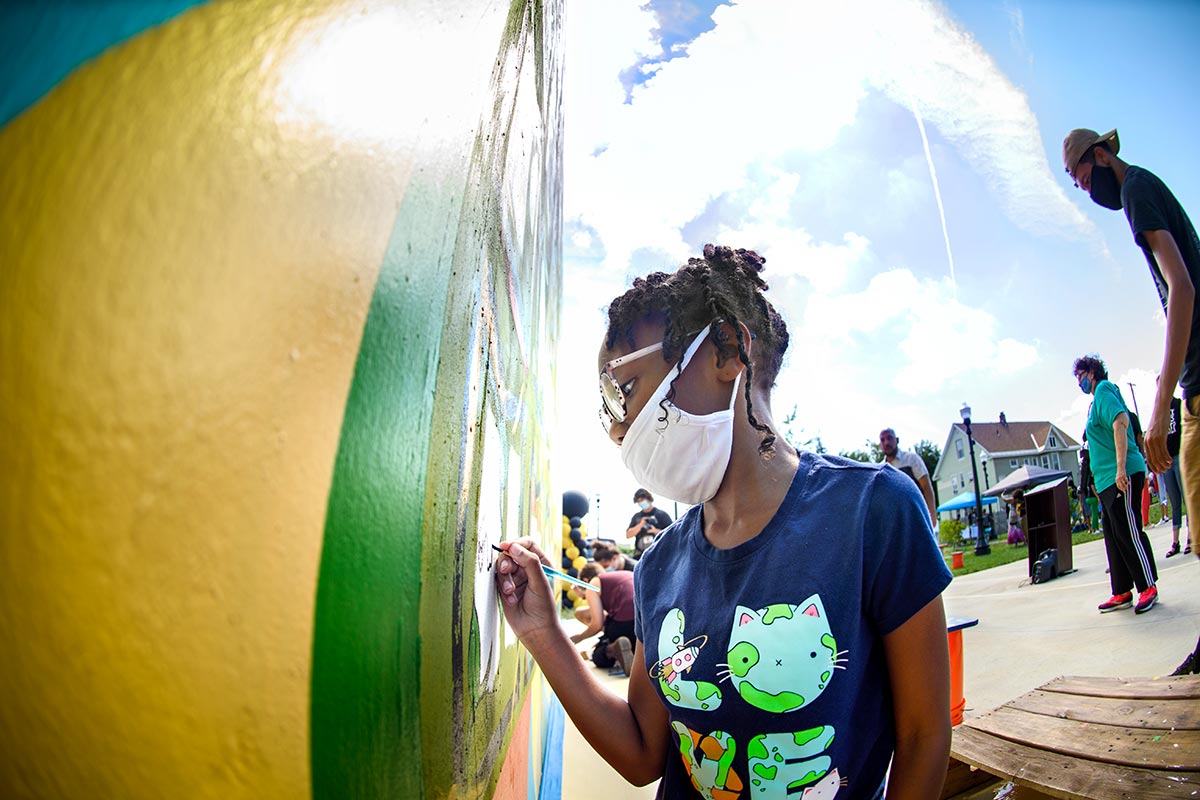
Two Counties, One Goal: Opportunity For All
The “Community Equity Initiative,” as it’s called, is only beginning to take shape. But there are some things that we do know and can share with you, after a few months into this latest phase of the Community Foundation’s evolving work.
You probably read or heard the news in July—The Community Foundation board approved a $10 million commitment for the next 10 years to address “racial equity and social justice issues.”
Like many in the community, you may have wondered: What does this mean?
Of course, no one can explain right now exactly how the next decade’s commitment will be realized; and the Board of Trustees itself said $10 million for 10 years was “an initial commitment,” just a start. The “Community Equity Initiative,” as it’s called, is only beginning to take shape. But there are some things that we do know and can share with you, after a few months into this latest phase of the Community Foundation’s evolving work.
Considering recent events across the nation and around the world that have led many communities to face these and similar issues, it’s clear that renewed emphasis on race and equity is now part of a national conversation, one that touches individual communities in different ways. In our two-county community’s case, the Board’s thoughtful decision—reached after much organizational research, community engagement and discussion—means that the Community Foundation will now be able to build on decades of community investment with a new focus on work aimed at addressing systemic and systematic racism.
Some who take part in the community conversation on social media and elsewhere say that the worst events, especially violent deaths and property destruction, are far from the Mohawk Valley. But the focus on shootings, rioting and looting is only part of deeper and more profound challenges that persons of color have and continue to face across the nation—and even though some in our two counties do not experience and may not understand systemic racism, its challenges and effects are terribly real.
Despite all government and nonprofit efforts—including the Community Foundation’s $90 million in grants over its entire history—decades of data show that many in our community experience greater adversity and/or lack opportunity in critical areas: economic stability, educational achievement, health and wellness (including childhood lead poisoning), to name only a few. What the Community Foundation has never done, but is now committed to do, is address these larger, systemic challenges head-on—with the entire community at the table.
“This is a critical time for our community and the country,” said David Manzelmann, Board chair. “The Community Foundation is building on its past work in taking this major step toward realizing its vision, ‘A vibrant region with opportunity for all.’”
With approval of the largest single investment in the Community Foundation’s nearly 70-year history, the community, especially community leaders of color, will now be the driving force behind a multi-faceted approach to expand opportunity involving multiple partner organizations, local governments and, most important, community residents. The immediate priority, because of its unique challenges and the critical nature of the current national conversation, will be race; and the overall initiative will also address obstacles to opportunity in terms of ethnicity, national origin, and other factors. Through building community involvement, creating “impact centers” that serve families in high-needs neighborhoods, and attracting even greater financial investments in the initiative work from outside the community, the Community Equity Initiative will focus on these and other measures to bring about much-needed change.
To help the community move the needle on these big challenges, donors, nonprofit partners, government and community leaders, residents, regional and national peers—the entire community—are invited to sign the MV Equity Pledge to show that they care about these issues and are with on board for change. Those interested in getting involved can learn more and sign the pledge at mvequitypledge.com.
Another critical part of the initiative will be empowering community leaders of color to advance solutions. The Community Foundation will support and help facilitate development of a collaborative, coalition-style model to work toward systemic change. The Community Foundation’s convenings of Black community leaders began more than five years ago, and in recent months staff and Board members have met and talked frequently—virtually and in person—with a growing number of partners to help determine next steps, for near- and long-term strategies. President and CEO of The Community Foundation, Alicia Dicks, said much of that effort in July supported Black community leaders’ efforts to create a group—a board or governing entity—to begin building a collaborative structure that can connect the entire community to a funding process that will have the biggest possible impact.
“Community voices must be heard, and they must also be empowered,” Dicks said. “The Community Foundation will listen, facilitate, act as a sounding board, and support solutions. But we cannot tell residents struggling from lack of opportunity that we understand their problems or have all the answers, because we don’t. Our role is to help the entire community work toward changes that will ensure opportunity for all.”
In addition to providing administrative and other support for that coalition or group, the Community Foundation’s Racial Equity and Social Justice Fund will serve as a starting point for attracting potential national funders to the overall effort. The local fund was established in June with a $50,000 Community Foundation commitment and a $50,000 grant from the Ronald and Sheila Cuccaro Family Fund.
“We’ve all seen the news and heard the terrible stories from across the country. Some might say we’re fortunate in this community that those awful things have happened someplace else. But these issues touch us here, too—and everywhere,” said Ron Cuccaro, a member of the Community Foundation Board. “We have to take a stand as people who care about Utica and the Mohawk Valley that we will do more. We’re challenging individuals and organizations who have the financial ability to do what they can to support this effort.”
Dicks said the initiative represents the Community Foundation’s new and unprecedented focus on issues that lie beneath multiple community challenges—economic, social, cultural—that prevent many residents from fully participating in all that the two-county community offers. Impact centers, community-wide engagement, and the Racial Equity and Social Justice Fund will be part of a continuing commitment to view all of Community Foundation efforts through the lens of improving racial equity and social justice outcomes and addressing systemic and systematic racism in Herkimer and Oneida counties.
In addition to committing significant charitable assets, The Community Foundation will build on years of community engagement to ensure that all those willing to work toward a better future community can participate. And a community leader whose noteworthy work with the Mohawk Valley Frontiers and Junior Frontiers has changed lives for young people of color for decades, Jawwaad Rasheed, will be deeply involved—not only on behalf of his volunteer work with the Frontiers, but as the Community Foundation Board’s Chair-elect.
“The time has come when we as one community can explore and realize real change,” Rasheed said. “This initiative and all that it includes will facilitate a community collaboration to face and finally address systemic and systematic racism and underlying causes of so much that troubles our society.”

